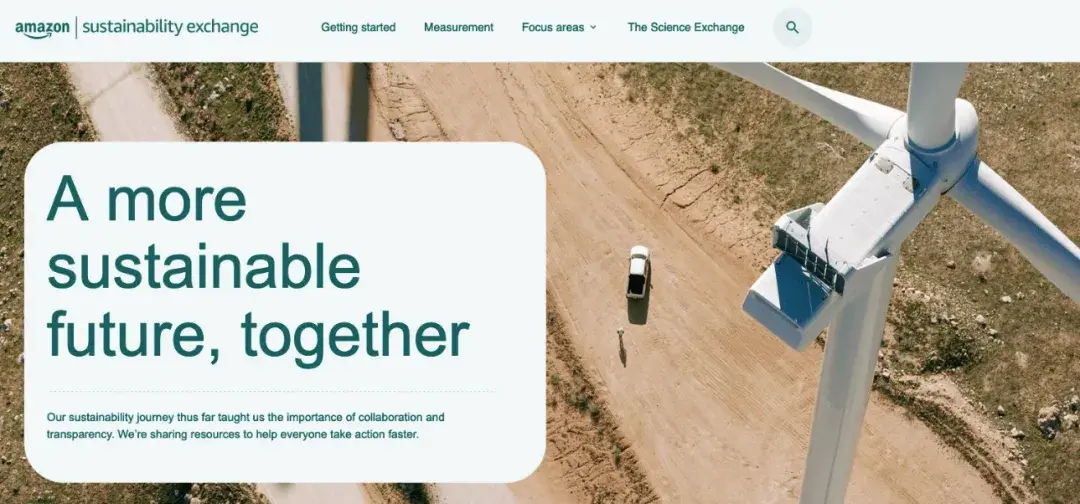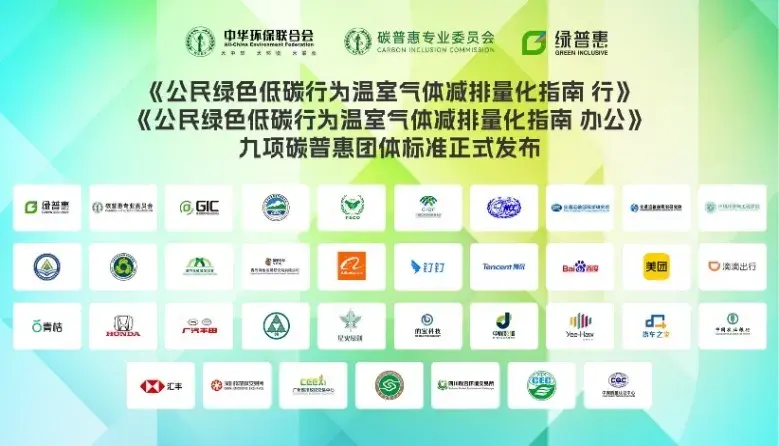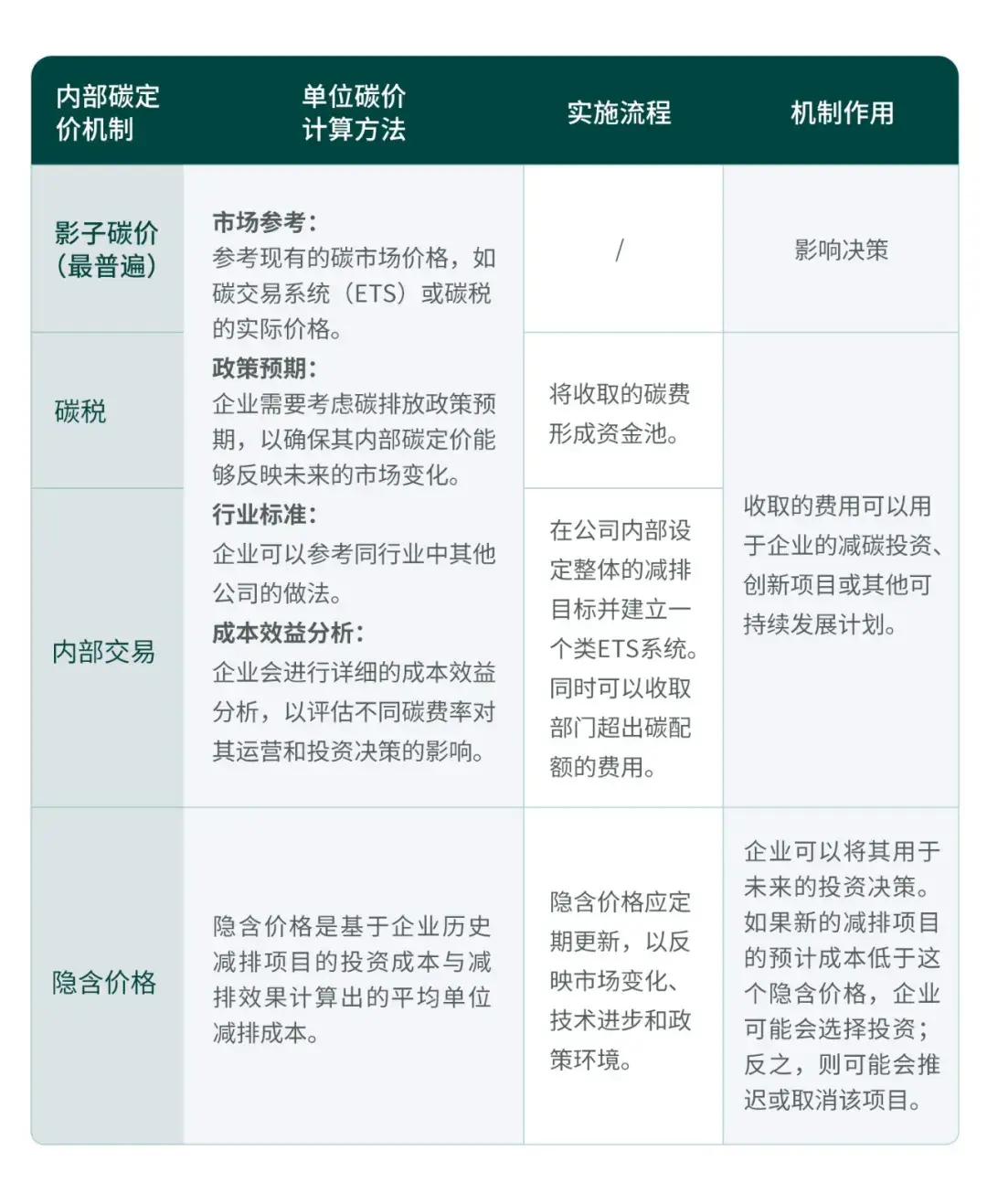In the current era of digital transformation sweeping across the globe, technologies such as 5G, cloud computing, and artificial intelligence are rapidly advancing, leading to an increasing demand for data centers, which has significantly boosted electricity consumption. The carbon emissions behind the seemingly intangible "cloud businesses" of tech and internet companies are gradually drawing attention. According to relevant studies, it is estimated that by 2025, the national data center electricity consumption will reach 120 billion kilowatt-hours, accounting for nearly 5% of the total societal electricity consumption. By 2035, the energy consumption of national data centers is expected to reach 4,505-4,855 billion kilowatt-hours, with carbon emissions exceeding tens of millions of tons.
Meanwhile, policy gears have accelerated: The State Council's "14th Five-Year Plan for Digital Economy Development" explicitly incorporates green and low-carbon metrics into core indicators; the Ministry of Industry and Information Technology (MIIT) has introduced new regulations mandating that data centers consuming over 10,000 tons of standard coal annually disclose their carbon emission data. The Action Plan for Green and Low-Carbon Development in the Information and Communication Industry (2022-2025) sets specific goals for the industry's green and low-carbon development, including reducing the comprehensive energy consumption per unit of information flow by 20% compared to 2020 by 2025, and requiring newly built large and super-large data centers to achieve a Power Usage Effectiveness (PUE) of less than 1.3. Moreover, regions like Beijing and Shanghai have linked corporate ESG reports with government procurement. Faced with such significant carbon emission pressures, how can tech and internet companies achieve low-carbon transformations while maintaining rapid growth? Some companies have begun actively exploring effective pathways to combat climate change, transitioning from "invisible emission giants" to "zero-carbon technology testing grounds," providing valuable experience and examples for the entire industry's low-carbon transformation.

Carbon Neutrality Practices of Leading Internet Companies
After years of practical service, Carbonstop has summarized the carbon neutrality methodology CREOS, which includes five phases: calculating, reducing, engaging, offsetting, and spreading. This section will detail the carbon management practices of leading internet companies based on this methodology.
Calculating
No measurement, no management—carbon emission accounting and statistics are prerequisites and the first steps in corporate carbon management. Corporate carbon emissions are typically categorized into Scope 1 (direct emissions), Scope 2 (indirect emissions), and Scope 3 (value chain emissions). Some companies, such as Alibaba, have also started paying attention to Scope 4, or "avoided emissions," referring to greenhouse gas emissions avoided due to the use of more efficient goods and services.
Amazon has been conducting greenhouse gas inventory calculations based on operational control rights for multiple years, covering Scopes 1, 2, and 3 (9 categories), with continuous disclosure. The methods, coverage, and other detailed information used in the inventory are published in a separate document, and all data undergoes independent third-party audits.
The transparency of its inventory data is high, not only specifying calculation methods and coverage but also publicly disclosing them in separate documents, enabling stakeholders to better understand its carbon management situation.
Reducing
One goal of carbon management is reduction, and after calculating carbon emissions, companies need to identify major carbon reduction hotspots and develop cost-effective carbon reduction action plans. Reduction usually involves carbon target setting, evaluation of reduction actions, path planning, and operational optimization.
Tech giants have set ambitious carbon neutrality goals:
- Tencent has committed to achieving carbon neutrality for its own operations and supply chains no later than 2030 and using 100% green electricity.
- Alibaba aims to achieve carbon neutrality in its own operations no later than 2030 and reduce net emission intensity by 50% compared to 2020 through collaboration with upstream and downstream value chains.
- Apple's "Apple 2030 Plan" aims to achieve carbon neutrality for all products, including the supply chain, by 2030.
- Amazon has pledged to achieve net-zero emissions by 2040 and operate entirely on renewable energy globally by 2030.
These companies' carbon reduction paths each have unique features:
- Tencent focuses on green data center construction, improving energy efficiency, transitioning to renewable energy, and promoting low-carbon offices.
- Alibaba adopts the "4R Circular Economy" model (reduce usage - reuse - recycle - renewable resource upgrades) and takes action in areas such as green low-carbon clouds, intelligent circular logistics, sustainable retail venues, and parks.
- Apple focuses on decarbonizing three major emission sources: design and materials, electricity, and transportation, including increasing the use of recyclable materials, switching to renewable energy, and changing product transportation methods.
- Amazon’s reduction measures cover key business areas such as logistics transportation, buildings and operations, servers and hardware, products, and equipment.
- Google signed an agreement with Indian agri-tech company Varaha, committing to purchase 100,000 tons of carbon credits by 2030. This agreement is one of the largest biochar carbon credit transactions globally and marks Google's first carbon removal project in India.
From these companies' practices, the main focus areas for tech companies' carbon reduction actions include:
- Improving energy efficiency: optimizing data center design and operations, adopting smart energy-saving technologies.
- Using renewable energy: directly investing in or purchasing clean power to increase the proportion of renewable energy usage.
- Green logistics: optimizing transport routes, using electric vehicles, promoting green packaging.
- Product design: increasing the use of recyclable materials, extending product life, promoting a circular economy.
- Supply chain management: collaborating with suppliers to drive reductions across the entire value chain.
- Carbon offsets: for emissions that are difficult to directly reduce, investing in high-quality carbon removal projects.
Engaging
A company's carbon management extends beyond its own operations; it must also focus on upstream suppliers, downstream consumers, and employees, driving broader reductions through collaboration and guidance. Possible measures include employee and consumer carbon accounts, supplier carbon management, to achieve greater climate impact.
- Meituan launched the "Green Hills Program" to collaborate with upstream and downstream industries, promoting the normalization and scaling of food container recycling. In partnership with recycling companies, Meituan established a full-chain meal box recycling system in some areas of Beijing, including "recycling stations - community transfer stations -再生resource sorting centers." Additionally, its "Carbon Exploration Ride Trace Space" project has recycled and reused approximately 120,000 shared bikes and e-bikes, donating 60 playgrounds covering a total area of 27,000 square meters to support rural and school construction.
- Amazon launched the Amazon Sustainability Exchange platform, offering free sustainable development tools and resources used for its own decarbonization operations, helping other companies (especially those within its supply chain) address their climate footprints. For suppliers with a high percentage of carbon emissions, Amazon requires them to present decarbonization plans and achieve tangible progress within a specified time frame. Furthermore, in the updated compliance supplier standards for 2024, companies "prioritizing carbon neutrality plans" will be given preference.

- Tencent launched the "Carbon Search Plan," partnering with industry, investment, and ecosystem partners to invest hundreds of millions of yuan in catalytic funds to promote the commercialization of frontier low-carbon technologies, bridging technology, industry, and finance to facilitate the scalable development of innovative low-carbon technologies.
Offsetting
Companies primarily achieve most of their carbon reductions through proactive reduction actions, and for residual emissions that cannot be fully eliminated, they offset them by purchasing high-quality, certified carbon credits. Additionally, in exploring and developing carbon neutrality pathways, companies show significant interest in high-quality carbon sinks (such as agriculture, forestry, forests, and oceans) and carbon removal technologies (such as CCUS, DAC, etc.).
- Alibaba plans to partner with blockchain carbon credit providers to offset carbon emissions through high-quality ecological carbon sinks, particularly focusing on Southeast Asia. Additionally, Alibaba will explore nature-based climate solutions (NCS), including forest, wetland, agricultural carbon sinks, and direct air capture (DAC) technologies.
- Tencent will offset emissions from parts of the supply chain that are difficult to reduce by developing and purchasing carbon credits, supporting the development of emerging carbon markets through its own demand. Tencent has initiated explorations of forestry carbon sinks, marine carbon sinks, and agricultural carbon sinks, promoting carbon sink technology research, methodology development, and market-based trading.
- Apple disclosed in the Environmental Report of its new carbon-neutral Apple Watch Series 10 the registration information of carbon credit projects used to offset residual emissions from the product: forest restoration projects established in the San Pedro Department of Paraguay and Guizhou Province, China.
- Amazon plans to purchase 250,000 tons of carbon credits over the next decade from PointFive's DAC factory Stratos, supporting the large-scale deployment of Direct Air Capture (DAC) technology. It also collaborates with carbon registry Verra to develop the "Abacus" carbon offset standard, promoting global carbon market transparency.
Spreading
For companies aiming to gain a leading edge in carbon neutrality and sustainability, not only must they practice low-carbon principles in their own operations, but they must also drive industry standard-setting, join low-carbon alliances, and amplify the value of their reduction actions through diverse communication methods. In this process, "low carbon, not low profile" has become a growing consensus among more companies.
- Tencent, jointly with the China Electronics Energy-Saving Technology Association, led the development of the group standard Technical and Energy-Saving Requirements for Key-Value Database Systems, establishing domestic energy-saving technical requirements for databases. Its self-developed database has helped data centers achieve over 30% energy savings, saving approximately 394 million kWh of electricity annually and reducing CO2 emissions by 82,600 tons.
- Meituan, Alibaba, Tencent, JD.com, and other companies participated in the compilation of the group standard Guidelines for Quantifying Green Low-Carbon Behaviors of Citizens. Aimed at providing quantifiable assessment criteria for public low-carbon behaviors, it promotes society's overall transition toward a low-carbon lifestyle. The standard provides a quantification framework for personal and household green behaviors, enhancing public environmental awareness.

- Amazon is a founding member of the Sustainable Aviation Buyers Alliance, promoting the application of Sustainable Aviation Fuel (SAF) to reduce aviation transport emissions. Additionally, Amazon participates in the LEAF Coalition, committing at least $1 billion to protect global tropical rainforests and curb deforestation.


Internal Carbon Pricing in Enterprises
The carbon management of tech and internet companies has evolved from simple emission accounting and reduction actions into systematic and refined mechanisms. Beyond setting reduction targets, optimizing supply chains, and investing in carbon offsets, companies need tools that directly influence business decisions and enhance the economic feasibility of carbon reduction—namely, "internal carbon pricing" (ICP).
Internal carbon pricing is an economic lever where companies assign a price to their own carbon emissions, internalizing carbon emissions as financial costs. This mechanism guides low-carbon transitions in daily operations, investment decisions, and supply chain management. Not only does it help enterprises adapt to future potential carbon taxes and carbon trading policies, but it also provides quantitative evidence for carbon reduction investments, allowing companies to more accurately assess the cost-effectiveness of low-carbon technologies, renewable energy procurement, and green supply chain transformations.

Currently, more than a thousand companies worldwide have adopted internal carbon pricing, and tech and internet companies are actively exploring this approach.
Microsoft implemented internal carbon pricing starting in 2012, setting a fee of $5-$15 per ton of carbon emissions. Initially targeting Scope 1, Scope 2, and business air travel emissions, since 2020, it has expanded to cover all Scope 3 emissions. Based on the company's internally determined carbon price (involving the finance/accounting department), each department is required to pay carbon fees, incorporating them into the financial analysis of business lines, while also working with suppliers to help them understand carbon emissions and reduction efforts.
Infosys, an Indian tech company, uses internal carbon pricing to achieve its carbon neutrality goals. The company has set an internal allocation price of $10.50 per ton of CO2, aimed at driving its business units to transition to renewable energy procurement.
Google incorporates carbon costs into investment decisions when evaluating data center locations, cloud computing business expansion, and supply chain management, and establishes procurement incentive mechanisms based on carbon footprints.
Considering the current state and trends of global economic and industrial development, the importance of carbon neutrality actions in the internet and tech industries is increasingly growing. Leading companies in the industry are taking active measures not only in their own emission reductions but also in supply chain management, carbon offsets, technological innovation, and industry promotion, contributing to global climate goals. In the future, as policies tighten, market demands evolve, and technology advances, more companies will join this low-carbon transformation wave, collectively moving toward a net-zero future.
References:
1. ICT Industry Green and Low-Carbon Development Report (2023) by China Academy of Information and Communications Technology
2. The Road to Carbon Neutrality for China's Internet and High-Tech Enterprises (BCG-2021)
3. ESG Reports of Alibaba, Meituan, Amazon, Tencent, etc.
4. Internal Carbon Pricing Primer Case Studies - WRI India
5. Use of internal carbon price by companies as an incentive and strategic planning tool - CDP
